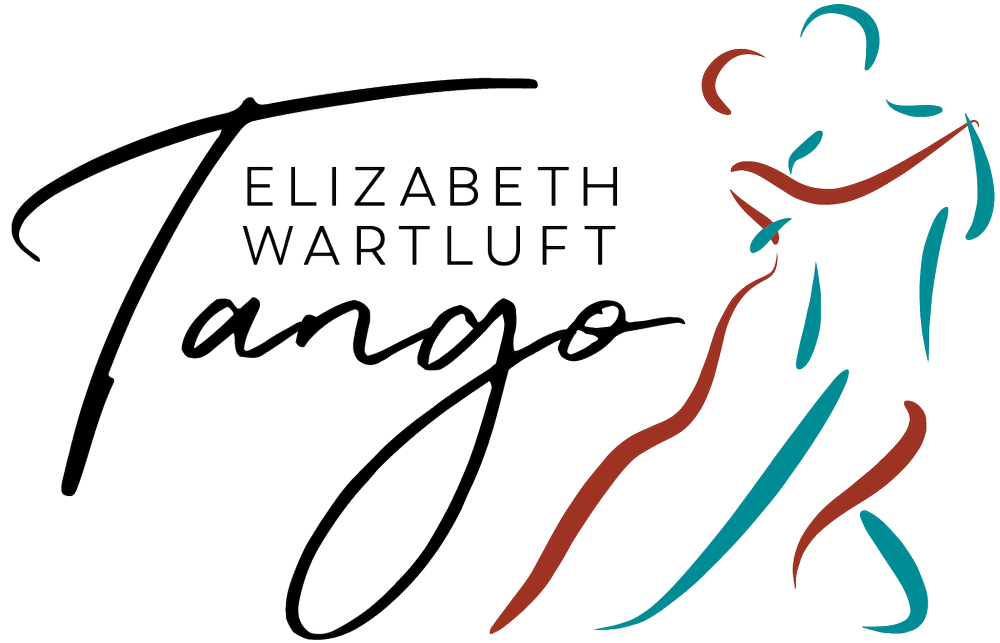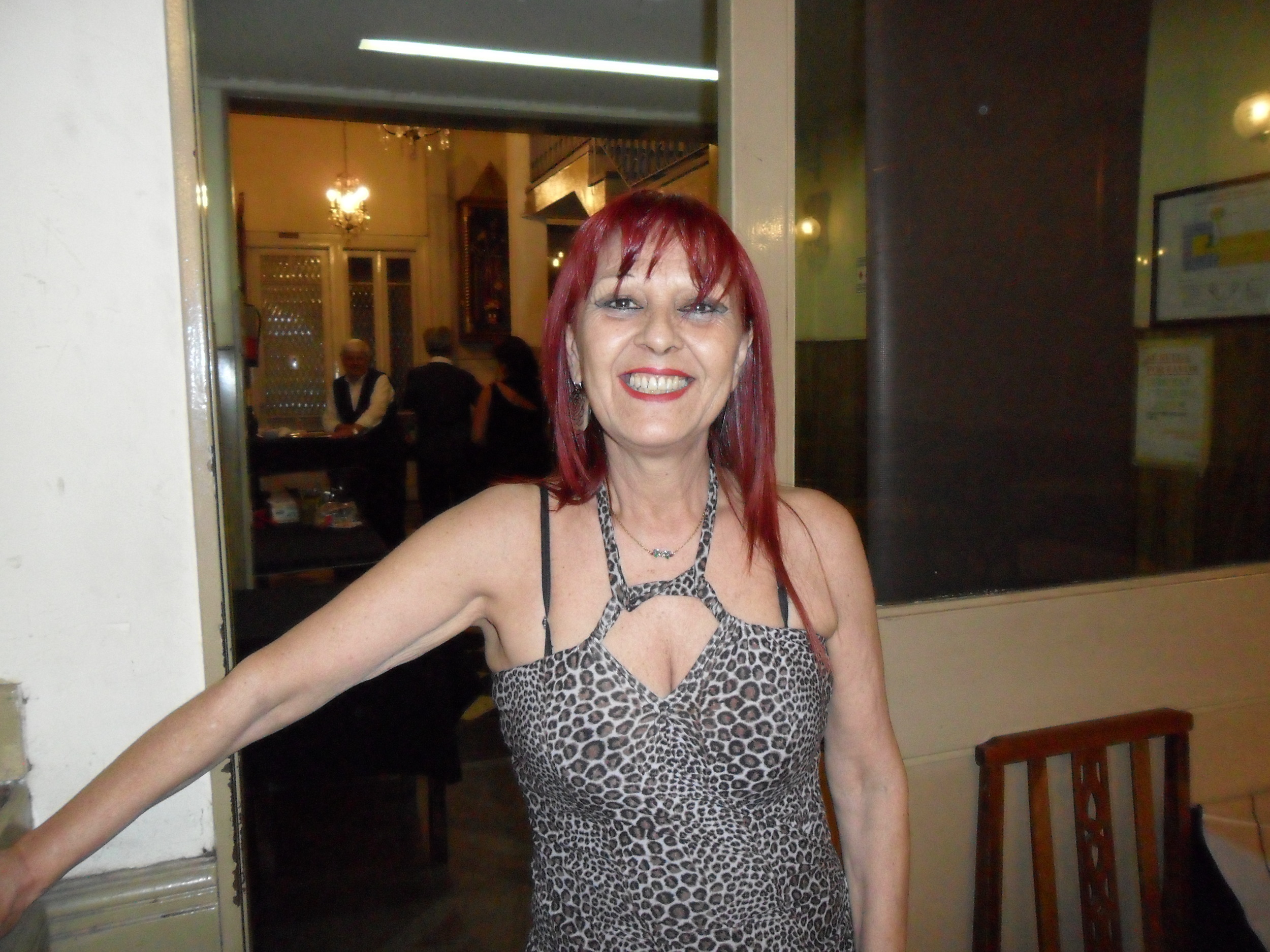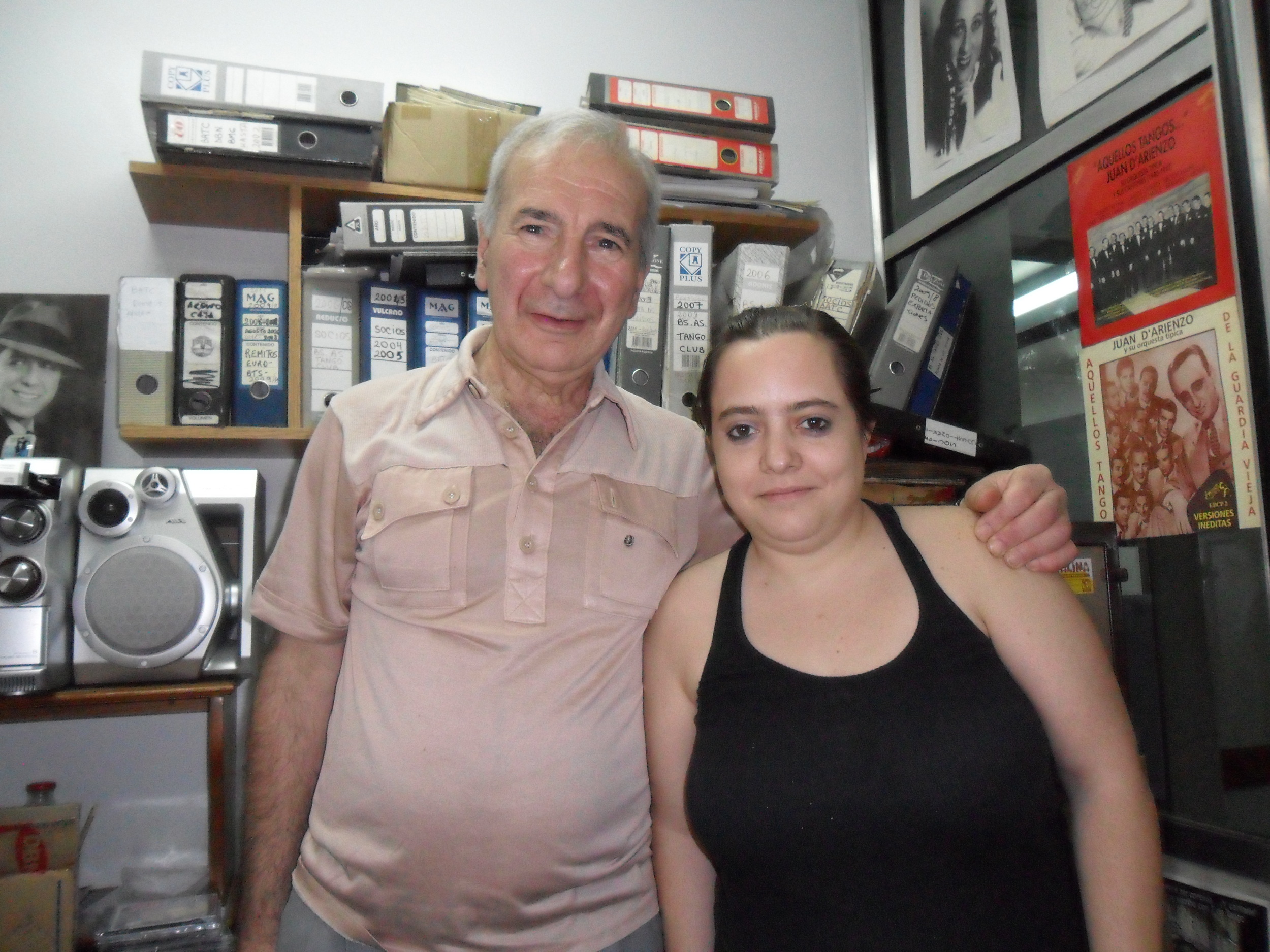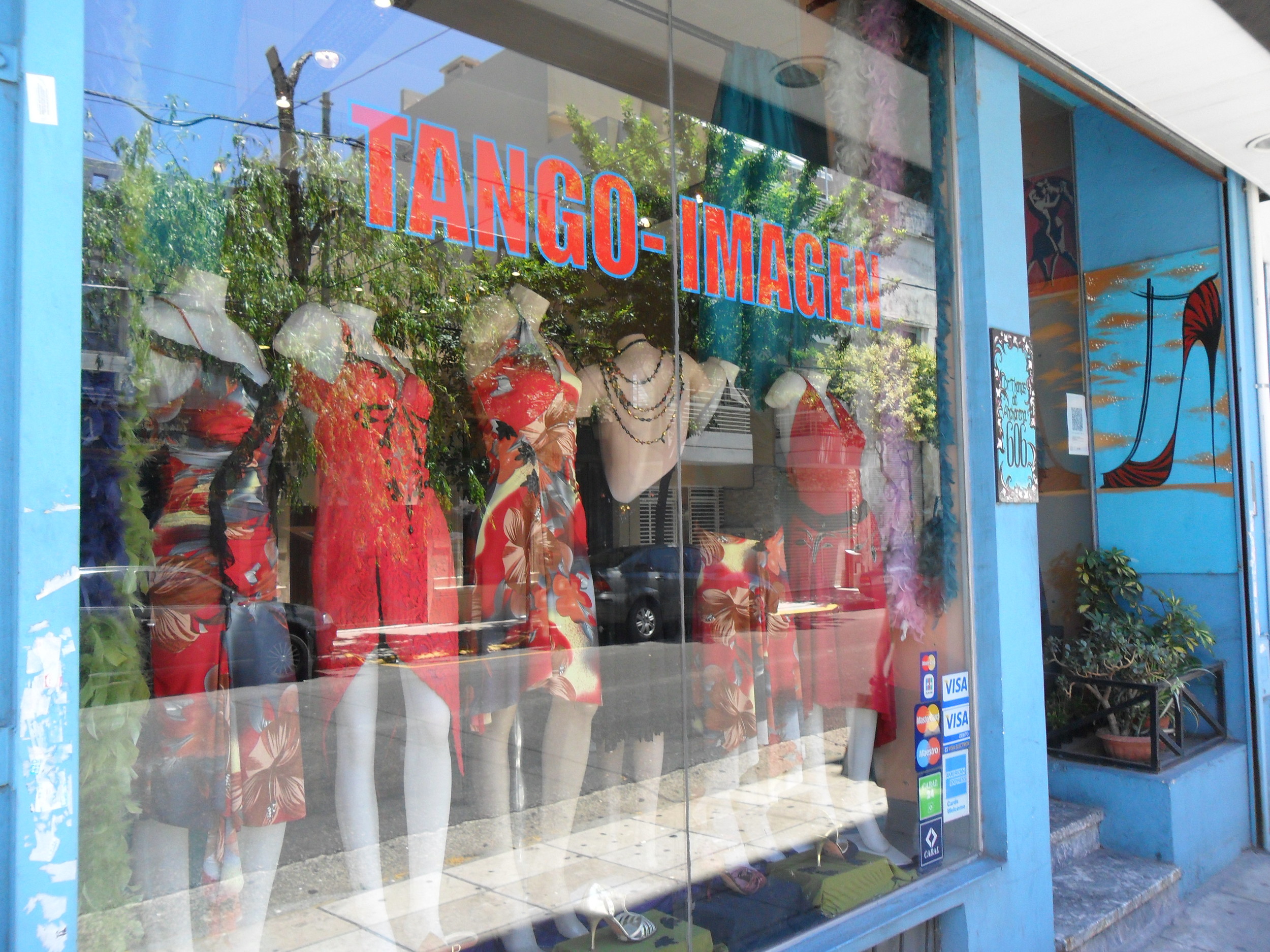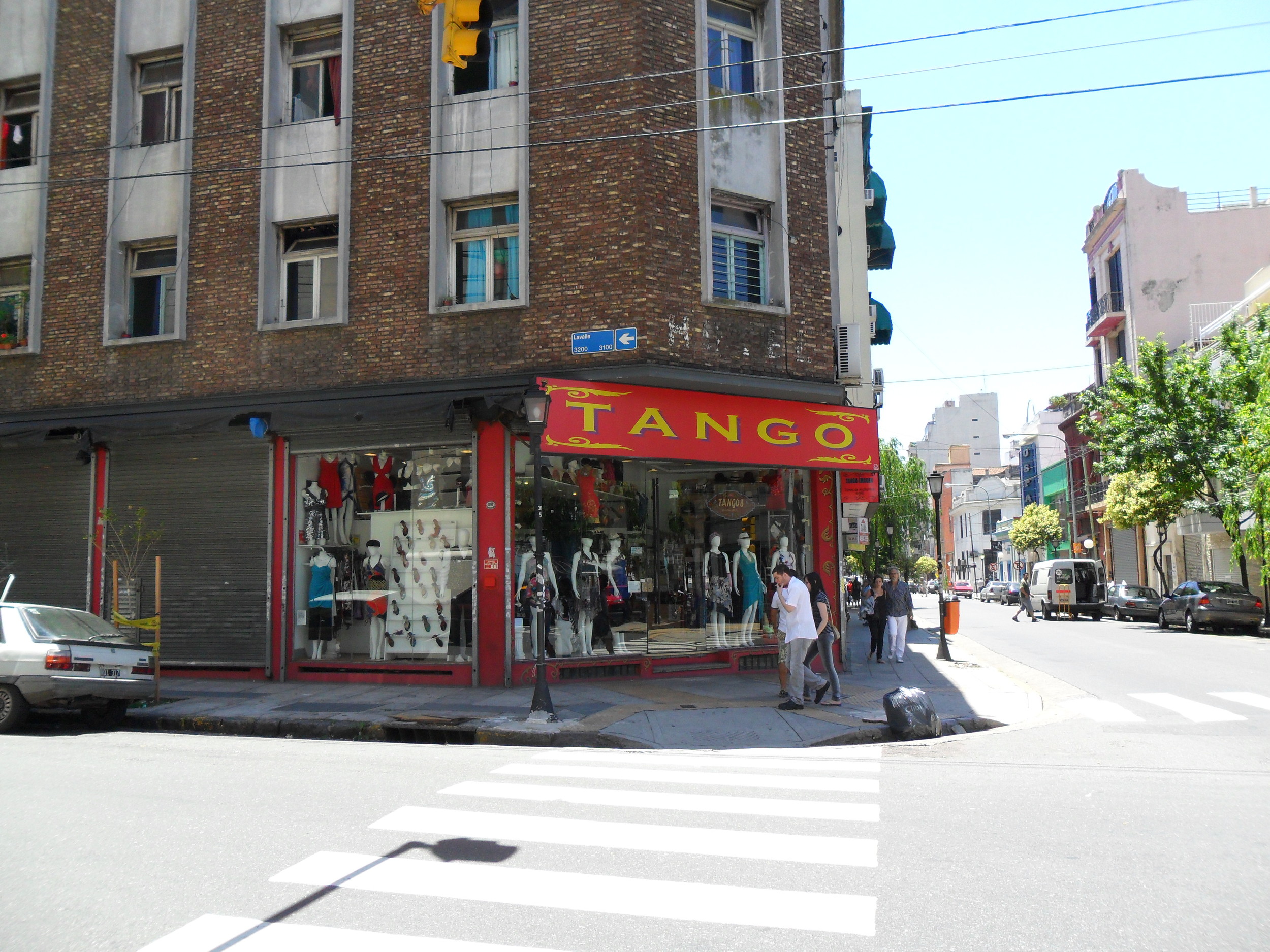Strikes and demonstrations
There was another rolling strike scheduled for today, so each subte line was supposed to be closed for three hours. On Sunday, I took the subte without paying because no one was at the ticket windows, and all the "emergency" gates were open for free access. Monday, there was a strike as well.
In addition to that, there are demonstrations going on for all sorts of things. I have been reading the papers, but I am not 100% up on everything going on in the judicial system re: free speech. A very impassioned woman at the milonga was telling me that a big demonstration had been cancelled for today, as the judges had decided to postpone a deadline for rights for two months.
On the way home from the milonga tonight, there was a gathering of youth on Avenida Callao near Congreso, that seemed to consist of large banners that I couldn't read (draped the wrong way); loud drums; beer-swigging young people; and shouting young people. Something about solidarity.
The toxic cloud
This morning, the news reported that a toxic pesticide from a Chinese ship at the port had burned, creating a toxic cloud of gas, headed for Buenos Aires. Since it was going to rain, we assumed that it would still probably be safe to go out. However, when I headed out for lunch, they sent us out of the subway and closed the doors. The downpour started at about the same time, and every taxi in sight was taken. After walking about six blocks and getting soaked, I finally found a taxi. Because of the traffic, it took forever to go just twenty or so blocks.
Later, the news reported that it was NOT a pesticide, that it was relatively not dangerous, and people should stop panicking. Frankly, I don't know which story to believe. My skin felt prickly when I was out, but that might just have been all the chemicals in the air here, added to the rain.
Flooding in Belgrano
We had over 111 millimeters of rain today in an hour (I was unfortunately outside for part of that), and Belgrano flooded. The news had pictures of people wading across streets, with police helping old ladies cling to lines stretched across the street, so that they were not swept away. There were videos of cars being swept down the street. I also saw footage of a guy canoeing down a street.
Even here, where there was no flooding, the streets were so full that it was impossible to avoid getting soaked at least to the knees when buses and cars went past, or from puddles that were too big to jump. I took a towel with me to the milonga to dry off enough to put my dance shoes on.
Low attendance at Lujos (El Beso, Riobamba and Corrientes)
I assumed that a lot of people would stay home because of the awful weather and consequently awful traffic; I was right. This footage shows a night with a LOT more people at the dance (this is what you normally see at El Beso).
Today, the milonga started at six. Since last week, I went later and had to sit in the second row, I went around 6:45ish. There were a total of eight people there, plus the wait staff. Even one of the organizers hadn't made it there yet, so the flustered person helping to seat me asked me what seat I wanted: that must be a first.
Eventually, the milonga filled up a bit. I danced until 10:15. At that point, I had danced with almost every guy in the place at least once. Interestingly, the rain seemed to have kept the male tourists away! I danced with Manuel, who is Spanish but lives here, and another guy who didn't look familiar, but who spoke Spanish. However, until about 10, I didn't see any foreign men come in (there were a few women who were obviously not Argentine).
I've noticed that, each year I come here, I go dancing earlier. Yes, I'm
getting older. Yes, I like to call my son before his bedtime. Yes, I am
happy to dance for three or four hours, instead of the whole night.
However, I think this year there are more good afternoon dances AND
since I get to dance pretty much every tanda, I get tired faster than
the years when I sat out more.
Rejoicing that the rain had stopped at least for a while, I walked home, detouring to La Americana for my favorite tarta pascualina.
